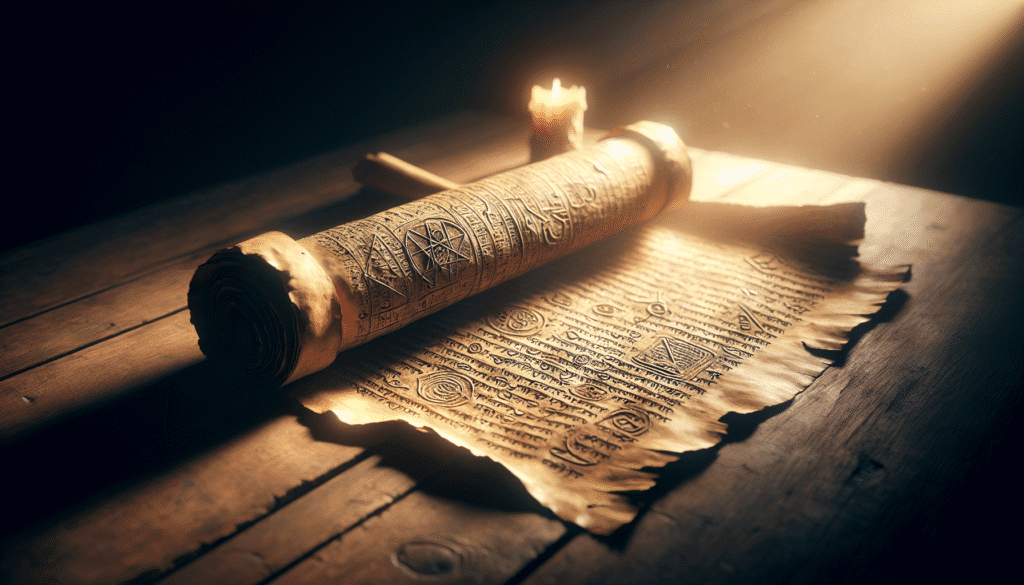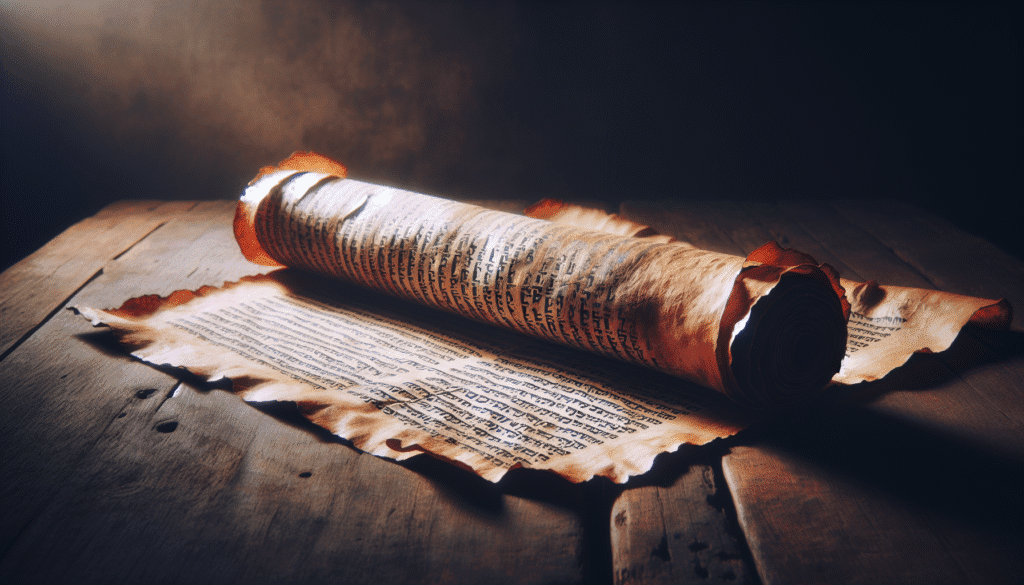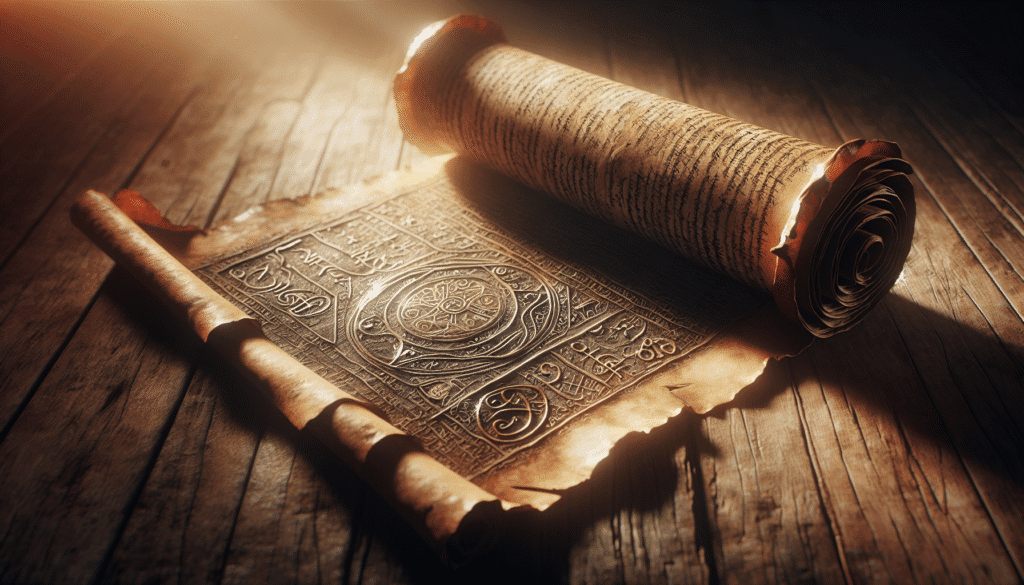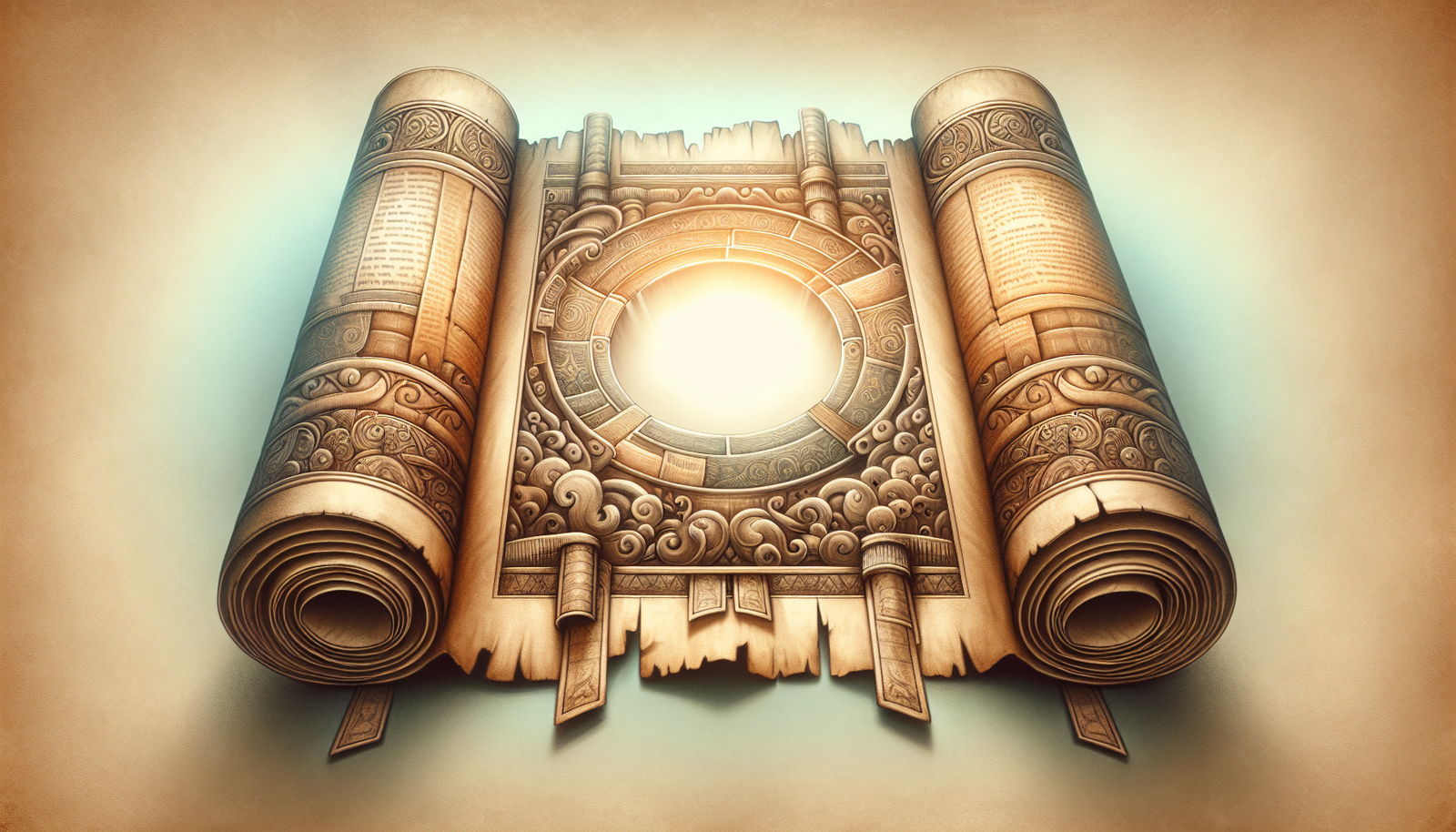Have you ever wondered if the Dead Sea Scrolls include texts from the Bible? As an ancient collection of Jewish manuscripts found in the Qumran Caves near the Dead Sea, these scrolls have fascinated historians, theologians, and seekers of history alike. They offer a window into a time where the boundaries of religious texts were still being defined.
I’m Alex Johnson, holding a PhD in Theology with a focus on ancient biblical texts. In 2025, understanding what’s contained in these scrolls remains crucial as we continue to explore our historical and theological roots. The Dead Sea Scrolls provide insights not only into the ancient world but also inform contemporary discussions about religious beliefs and practices.
To answer whether the Dead Sea Scrolls include biblical texts, let’s break down what makes these scrolls so significant and what they reveal to us.
TL;DR
The Dead Sea Scrolls do include many texts of the Hebrew Bible, along with other non-biblical writings. Roughly 40% of the scrolls contain texts from the Hebrew Scriptures, enriching our understanding of biblical history. These scrolls not only confirm the textual traditions but also unveil variant readings and non-canonical works. Understanding these helps to appreciate the diversity and historical context of early Judaism.

What Are the Dead Sea Scrolls?
The Dead Sea Scrolls are one of the most important archaeological finds of the 20th century. Discovered between 1947 and 1956, these scrolls consist of thousands of fragments that make up over 900 manuscripts. They were found in eleven caves near the site of Qumran on the northwestern shore of the Dead Sea. This discovery has had a profound impact on biblical scholarship and our understanding of Jewish history.
Origins and Discovery
The scrolls were found by Bedouin shepherds and later excavated by archaeologists. The first seven scrolls, including the famous Isaiah Scroll, were discovered in Cave 1. Subsequent explorations led to the discovery of tens of thousands of fragments spread across other caves. The scrolls date from the third century BCE to the first century CE.
Significance of the Scrolls
These scrolls are significant because they provide direct evidence of the text of the Hebrew Bible more than 1,000 years older than any previously known manuscripts. Furthermore, they include sectarian writings that shed light on the beliefs and practices of a Jewish group either related to or identical to the Essenes, a sect mentioned by ancient historians.
Do the Dead Sea Scrolls Include Biblical Texts?
Indeed, the scrolls contain texts from the Hebrew Bible or the Old Testament. Let’s explore which specific texts are included and their significance.
The Biblical Manuscripts
About 40% of the Dead Sea Scrolls are texts from the Hebrew Bible. This collection includes significant sections of all the canonical books, with the exception of the Book of Esther. The most complete of these is the Great Isaiah Scroll, which is nearly 1,000 years older than any other complete Hebrew manuscript of Isaiah.
Table of Biblical Texts and Their Presence
| Book | Number of Fragments |
|---|---|
| Genesis | 21 |
| Exodus | 18 |
| Leviticus | 17 |
| Isaiah | 20 |
| Psalms | 36 |
These numbers highlight the prevalence of biblical texts within the findings, showing a particular concentration in certain books, like Psalms and Isaiah.
Importance of These Texts
The biblical manuscripts found in the Dead Sea Scrolls align closely with the Masoretic Text, which is the authoritative Hebrew text for Rabbinic Judaism. However, they also include variations and evidence of alternative textual traditions. These variations help scholars understand the development of the biblical text over time.

Non-Biblical Texts: What Else Was Found?
In addition to biblical manuscripts, the Dead Sea Scrolls also include a wealth of other texts. These non-biblical texts offer a glimpse into the diversity of Jewish thought and practice during the Second Temple period.
Sectarian Documents
A significant portion of the scrolls consists of sectarian documents. These writings are believed to belong to the Essenes, a Jewish sect. Key texts include the Rule of the Community, which outlines the beliefs and organizational structure of the sect, and the War Scroll, which describes an apocalyptic vision of a battle between the forces of light and darkness.
Commentaries and Paraphrases
The Pesharim are commentaries on the biblical books, linking prophetic texts to contemporary events of the time. These illustrate how some Jews of the period interpreted their scriptures in relation to their experiences and expectations.
Apocryphal and Pseudepigraphal Works
Several texts found in the Dead Sea Scrolls are apocryphal (non-canonical but of religious significance, like the Book of Jubilees) or pseudepigraphal (attributed to authors who did not write them). These works reveal the complexity and richness of the religious literature of the period.
Textual Variants and Their Implications
Examining the Dead Sea Scrolls reveals variations in the biblical text that are of great interest to scholars.
Understanding Textual Variants
Textual variants are differences found in different manuscripts of the same text. These may result from copying errors, deliberate alterations, or simply reflect different textual traditions. The Dead Sea Scrolls include many variants, some of which are minor, like differences in spelling, while others provide significant insights into the evolution of biblical texts.
Examples of Variants
One famous example is the difference between the Septuagint (the Greek translation of the Hebrew Bible) and the Masoretic Text in Isaiah 7:14. The Dead Sea Scrolls confirm the Septuagint’s reading “young woman” rather than the later “virgin” found in the Masoretic Text.
Theological and Historical Implications
These variants raise important questions about the transmission and authority of sacred texts. They provide evidence that Jewish scripture was not completely fixed by the first century CE. This challenges modern perceptions about biblical inerrancy and invites discussions about the dynamic nature of religious texts.

The Role of the Qumran Community
Understanding the community associated with the Dead Sea Scrolls provides context for their significance and contents.
Who Were the Qumran Sect?
It is widely believed that a sect of Jews, often identified as the Essenes, inhabited the Qumran settlement. These were a group highly concerned with ritual purity and an imminent apocalyptic transformation of the world.
Daily Life and Beliefs
Life in Qumran was characterized by strict adherence to community rules and beliefs, including communal meals and collective study of scriptures. Their writings show expectations of a future “Teacher of Righteousness” and end-times prophecies.
Influence on Early Christianity
Some scholars suggest that the Qumran community has parallels with early Christian groups, particularly in their eschatological beliefs and community practices. This provides a framework for understanding similarities and divergences between Jewish and Christian sects in the early common era.
Conclusion: Why This Matters in 2025
The contents of the Dead Sea Scrolls continue to resonate today, bridging ancient past and present through their invaluable contribution to religious scholarship.
Historical Significance
The scrolls offer a rare glimpse into the historical contexts from which both Rabbinic Judaism and early Christianity emerged. They are a testament to the vibrant religious landscape of Second Temple Judaism.
Contemporary Religious Dialogue
As we navigate religious pluralism today, the Dead Sea Scrolls provide a foundation for understanding diverse theological perspectives and the origins of contemporary religious traditions. They encourage dialogue around scriptural interpretation and the formation of religious identities.

FAQs
What languages are the Dead Sea Scrolls written in?
The majority of the Dead Sea Scrolls are written in Hebrew, with some Aramaic and a few in Greek.
Are the scrolls accessible to the public?
Yes, many of the scrolls can be viewed in museums around the world, and several institutions have digitized the scrolls for public access online.
How were the scrolls preserved for so long?
The dry climate of the Qumran region helped preserve the scrolls, as did the fact they were stored in jars within the caves.
Do the scrolls include New Testament texts?
No manuscripts of the New Testament have been found among the Dead Sea Scrolls, as they predate Christianity.
Why were the Dead Sea Scrolls hidden?
It’s believed they were hidden to protect them from the Romans during the Jewish revolt in the first century CE.
People Also Ask
What do the Dead Sea Scrolls teach us?
They offer insights into ancient Judaism, biblical texts, and the diversity of religious beliefs during the Second Temple period.
How many Dead Sea Scrolls are there?
There are over 900 manuscripts, comprised of thousands of fragments.
When were the Dead Sea Scrolls found?
They were discovered between 1947 and 1956.
Who discovered the Dead Sea Scrolls?
Bedouin shepherds found the first scrolls, with subsequent excavations by archaeologists.
Are there any controversial teachings in the Dead Sea Scrolls?
Some texts, like those predicting apocalyptic battles, challenge traditional beliefs regarding the evolution of religious thought.




